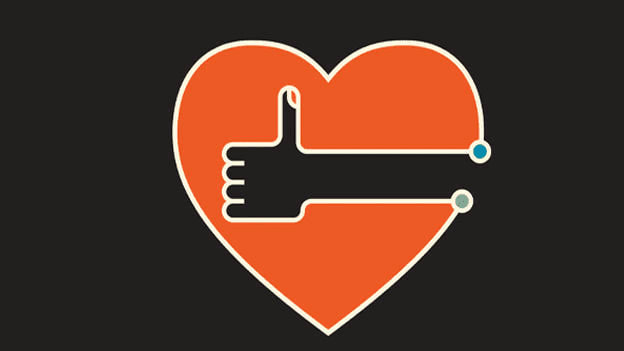4 ways to move the needle on employee experience in 2021

Workplace culture, flexibility, and wellness privileges all play a role in keeping employees delighted and engaged in the current environment. But there is another driver that is often overlooked: employee experience. A recent report by Mercer titled ‘2020-2021 Global Talent Trends Report’ found that employee experience was the most focused priority for HR leaders in 2021. It is no secret that the second wave of the pandemic has had a serious impact on people’s collective mental health. Personal factors rather than external issues are taking precedence over what matters to employees and employers alike. The pandemic has affected lasting changes in the talent sphere, particularly expanding the CHRO’s playbook in talent management.
The need of the hour is to create empathetic HR policies at the workplace. It is critical to prioritize mental well-being rather than seeking updates on daily tasks. Leaders are the custodians of culture and the environment their team works in. As organisations find their way through the pandemic, the workplace is transforming. Here are four ways to foster and build a great employee experience:
- Reducing remote collaboration friction: Remote collaboration can help improve organisational workflows to get the job done faster. Digital collaboration tools have given rise to remote working, expanding the talent pool, and allowing teams to work more effectively. Over a period, organisations acquired an array of collaborative tools to drive employee experience. Collaboration can be tough in the best of circumstances, let alone when your team is remote. To harness its full potential, organisations will have to reexamine their existing inventory of collaboration tools and limit them to essentials. It can be tempting to introduce a bunch of remote working tools in your WFH suite just to get all the features a remote employee needs to manage their work. It is critical to take a ‘less is more’ approach to avoid confusion. The ideal collaboration tool is one that helps employees manage their work efficiently, and in turn, improves overall employee experience.
- Align individual, team, and organisational goals: A great organisation enables its employees to be completely fulfilled by finding purpose and from their work experience. While leaders establish their strategic priorities for the year ahead, ensure that this is at the top of your list. Millennials and Gen-Z care more about doing meaningful work and want to know how their work impacts society and the overall organisation’s vision. Hence, organisations must understand and leverage these drivers among their people. Leaders are in a great place to articulate the values an organisation is trying to pass and to shape the narrative of their work that connects with those values. Therefore, sharing stories of how the organisation is making a difference in the society, including clients, employees, and marginalized communities. Organisational narratives matter to employee experience, but employee accountability for the experience matters more.
- Shifting gears in diversity, equity, and inclusion: In 2021 and beyond, we will see a continued focus on DEI being a core business value. Embrace a culture that values DEI to make employees feel more comfortable to express their ideas and have a sense of belonging and personal satisfaction. This directly links to higher engagement and productivity and ultimately profit for both employee and employer. Articulate a differentiated and robust DEI strategy and implement a dedicated hire, or team of hires, to prioritize diversity within the workplace. This will enable employees to feel a strong sense of affiliation to their organisations - enabling many voices to be heard and establishing a winning employee experience.
Employee wellbeing and digital reward and recognition strategies:
From supporting employees, including training managers, to using technology as an enabler, the pandemic has brought many facets of employee wellbeing to the fore. Organisations will have to readjust their proactive lenses to craft better strategies that focus on the holistic wellbeing of their employees. Taking the effort of going an extra mile to understand individual employees' needs and reward them accordingly. A custom-made reward naturally creates a lasting impact on the mind of the receiver. When well-being starts from the apex and trickles into every aspect of an organisation—from professional relationships, healthy choices to conducive virtual setup —it provides a foundation for a more engaged, fit, and productive workforce. Now is the time for companies to invest in boosting employee happiness.
Leaders must review and improve their employee experience policies to build a dynamic, growth-oriented, future-ready workforce. While creating the best-in-class experience requires consistent delivery on the foundational aspects of the employee life cycle, evaluating how employees are being engaged at each of those stages is just as crucial vis-à-vis the current scenario.
















